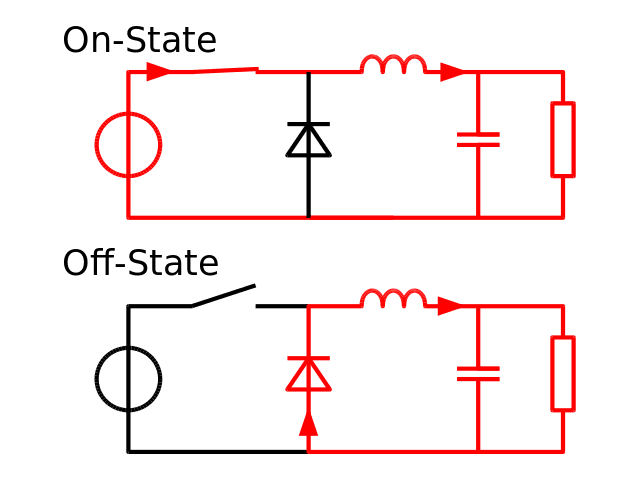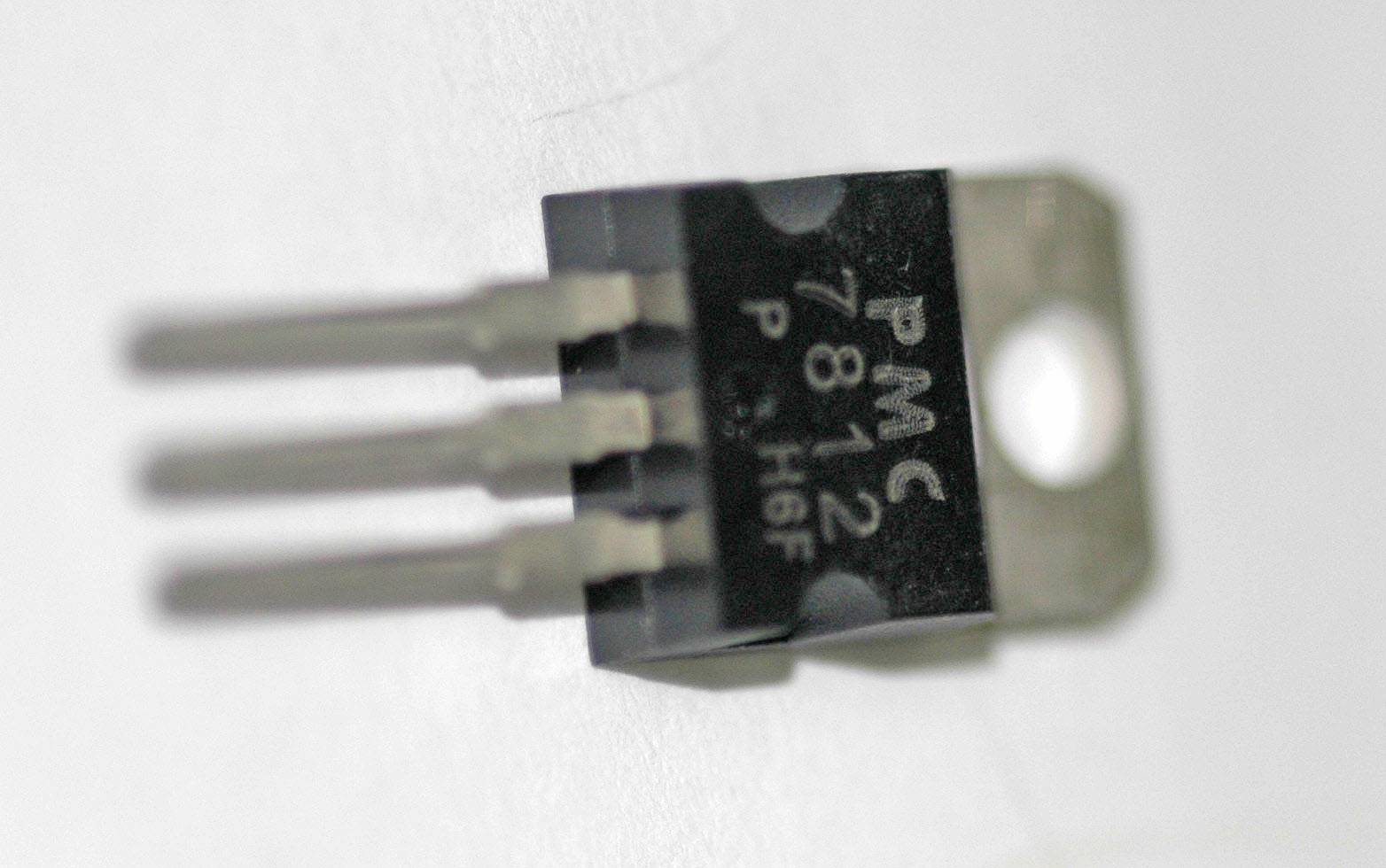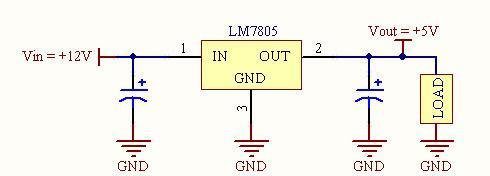
Configurations of a step down converter.
Handling electrical fluctuations is an important part of modern electronics. Some type of step down converter or voltage regulator is present in almost every electronic device people use on a daily basis. A step down converter—also known as a buck converter—converts high voltage to low voltage, usually transforming AC current to DC current. A voltage regulator maintains a constant output voltage for a circuit, regardless of any changes in connected devices or electrical load.
Comparing a step down converter vs voltage regulator requires an understanding of their similarities and differences. The two components share a resemblance in both structure and function. However, they have some key differences, allowing them to do different jobs within electronic components. It is important to pick the proper component for an electronics project, because those with similar functions are not always interchangeable.
How are Step Down Converters and Voltage Regulators Similar?
Step down converters and voltage regulators both regulate voltage through an electrical circuit. Connecting to varied power sources, or changing the devices on a circuit, can change how much current a circuit draws. If a circuit draws more or less power than a device should run with, many undesirable outcomes could happen. The circuit could be damaged, the device could fail to run, or hardware could crash. Step down converters and voltage regulators are vital to the safe operation of electronics. Without them, machines can experience catastrophic failures or cause fires.
An integrated circuit is an important part of step down converters and voltage regulators. Modern voltage regulators are only possible because of semiconductor-based integrated circuits. The integrated circuit monitors current through an electronic device with a feedback loop. In both components, an integrated circuit is linked to a capacitor, which keeps electrical fluctuations contained. This capacitor can also provide extra power during unexpected shortages.
A step down converter is actually a subclass of voltage regulators, which is why there is so much overlap between the two. Some types of step down converters can be run bidirectionally, making them step up converters as well. This functionality emphasizes the common abilities between step down converters and voltage regulators.
The Application of a Step Down Converter vs. Voltage Regulator
Step down converters and voltage regulators can be found in many everyday objects, such as portable chargers. Portable chargers include cell phone chargers to connect into wall outlets, computer charging cables with transformer boxes, and chargers to energize mobile devices with a car battery. Many people have to keep multiple chargers to support different devices, and many wish a universal portable charger could be designed. Unfortunately, different voltages require different components to handle the electrical load. From a hardware perspective, universal chargers are significantly more difficult to create than portable chargers’ ubiquity might suggest.
The other common application of step down converters and voltage regulators are USB connections. USB devices of all types (traditional, micro, or otherwise) rely on the ability to transform varied voltages into a power flow they can use. A USB port requires a bidirectional converter between the device which contains the port, and the plugged-in device. Regardless of the USB type, the converter allows devices to transfer power in both directions. This constant flow of power is crucial for devices when transferring files, charging off each other, handling audio, or doing any number of other functions through USB.
Step down converters and voltage regulators are also vital for household appliances, electrical systems inside automobiles, and medical equipment. People usually hear step down converters and voltage regulators referred to as “transformers” in these contexts. Anywhere high voltage needs to be efficiently converted into low voltage, a step down converter is indispensable. Whenever voltages change between devices and within circuits, a voltage regulator keeps the current flowing safely.

An integrated circuit voltage regulator.
How are Step Down Converters and Voltage Regulators Evolving?
Step down converters and voltage regulators have existed for more than 100 years, and the core concept behind them has remained the same. However, scientists and engineers have developed new ideas over the last year, changing how step down converters and voltage regulators might look in the future. Proposed new prototypes handle electrical loads more efficiently, use new types of internal components, and reduce physical stress based on voltage. Computer simulations show the proposed designs may be more efficient than current models, which could lead to better performance in future electronics.

A voltage regulator circuit diagram.
Trying to choose between a step down converter vs voltage regulator? Ultra Librarian has both, along with many other PCB designs. Our partnerships with worldwide distributors ensure high-quality components for every project. Working with Ultra Librarian takes the guesswork out of preparing for your next great device and puts your ideas on the road to success. Register today for free!








